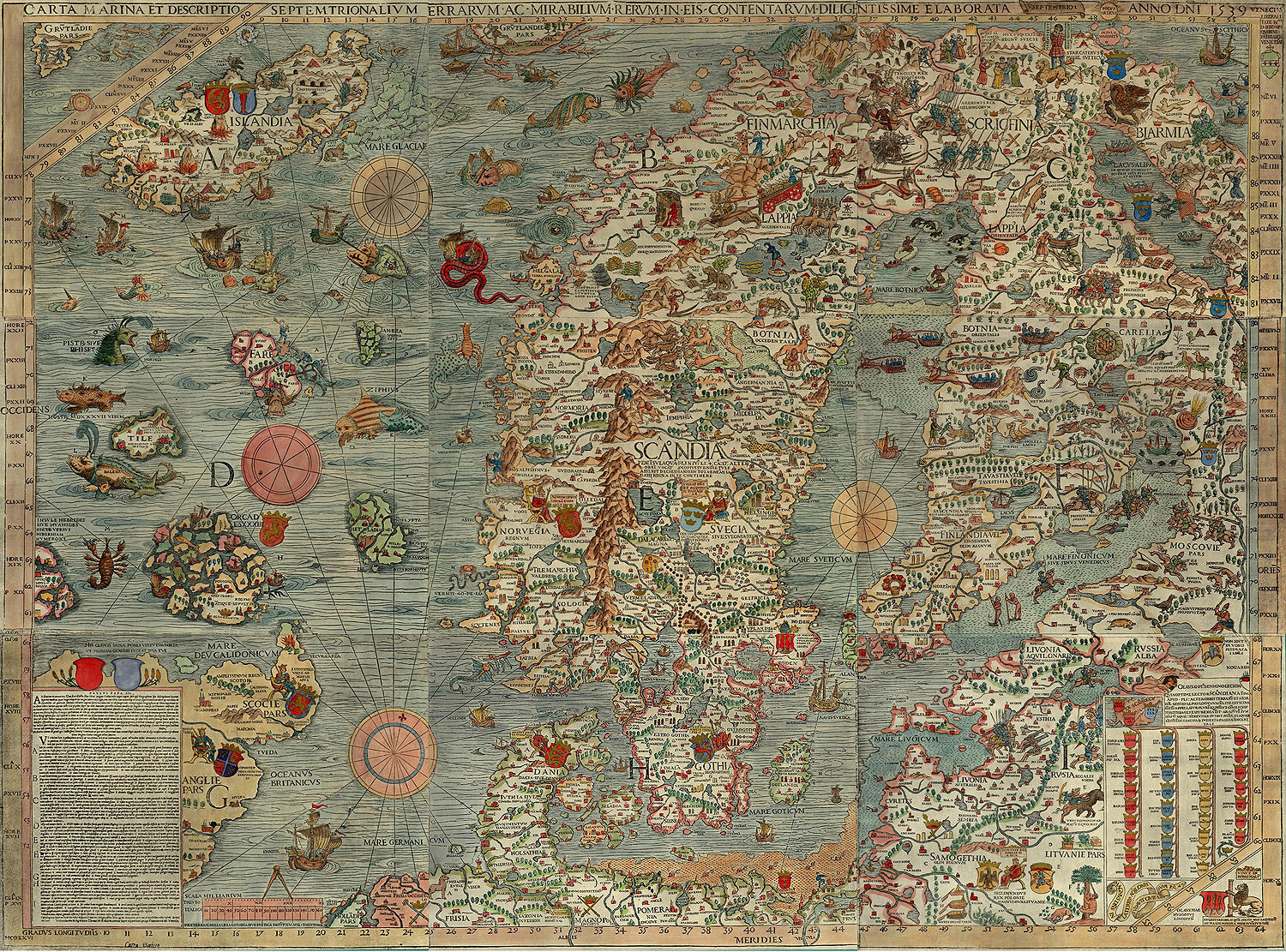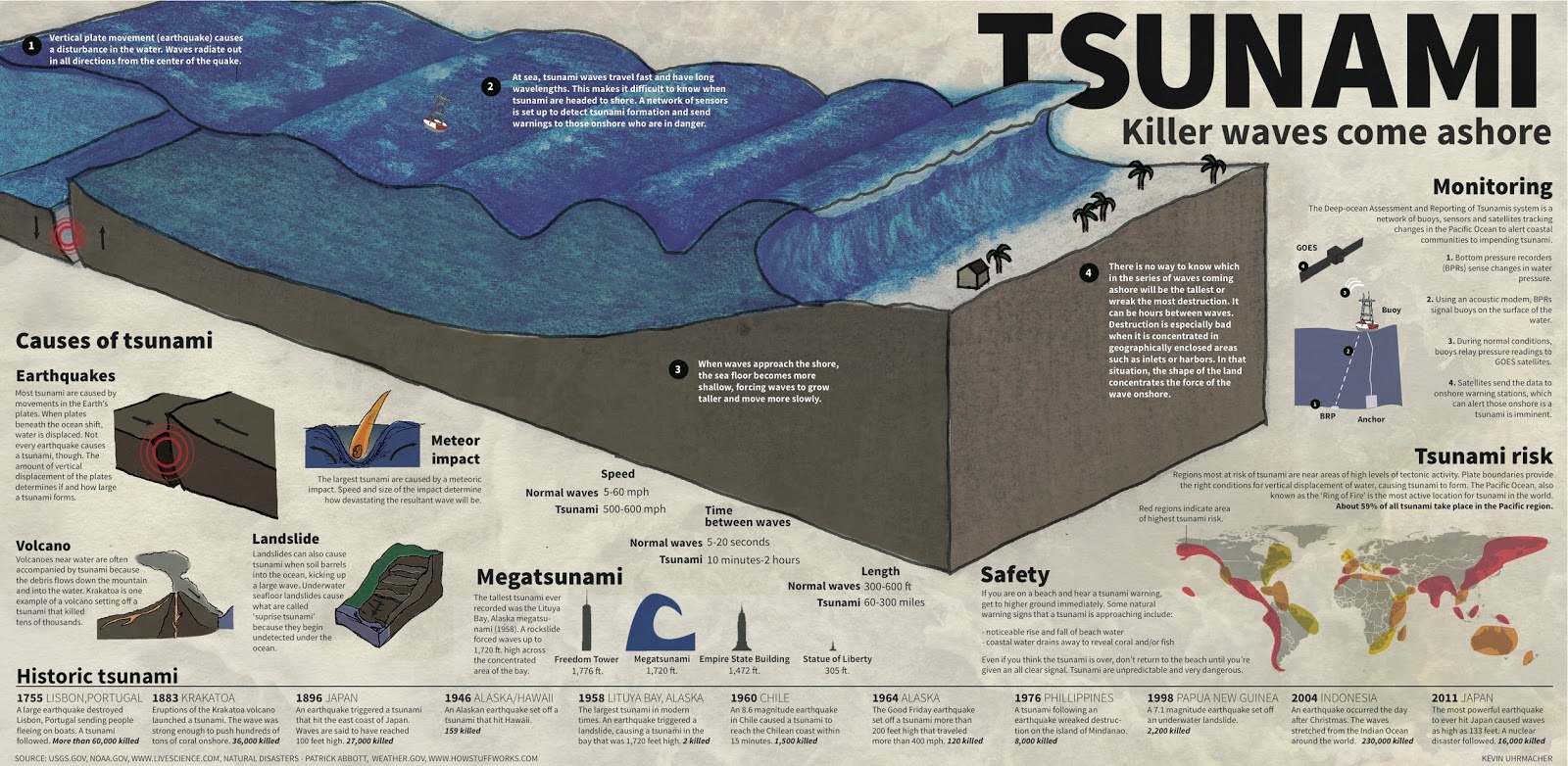The 551 Beirut earthquake occurred on 9 July 551. It had an estimated magnitude of about 7.6 on the moment magnitude scale and a maximum felt intensity of X (Intense) on the Mercalli intensity scale. It triggered a devastating tsunami which affected the coastal towns of Byzantine Phoenicia, causing great destruction and sinking many ships. Overall large numbers of people were reported killed, with one estimate of 30,000 by Antoninus of Piacenza for Beirut alone. According to contemporary accounts the sea retreated about 2 miles.A few decades before that event, there were a series of smaller earthquakes in Beirut and along the coast at exactly the same place. The 551 A.D. was the last big one in a series. The purpose of this little note is to draw attention to a series of different catastrophic event that occurred a few years from each other and must have been a fatal punch in the heart of society of the times. It might have seriously influenced the Middle-Age. The regression, the religious fervor or the superstition.
The extreme weather events of 535–536 were the most severe and protracted short-term episodes of cooling in the Northern Hemisphere in the last 2,000 years. The event is thought to have been caused by an extensive atmospheric dust veil, possibly resulting from a large volcanic eruption in the tropics, and/or debris from space impacting the Earth. Its effects were widespread, causing unseasonal weather, crop failures, and famines worldwide.
During the decade of the 530s, it seemed to many that God had abandoned the Christian Roman Empire. There was noxious fumes in the air, the Sun, while still providing day, refused to give much heat. This caused famine unlike anything those of the time had seen before, weakening the people of Europe and the Middle East.
The cause of these disasters aren’t precisely known, but the Rabaul caldera, Lake Ilopango and Krakatoa volcanoes… or a collision with a swarm of meteors are suspected. Scientists have spent decades on the mystery. According to studies of the Greenland ice core, this sudden volcanic activity was triggered by comet debris hitting Earth at this time. This or these impacts must have triggered the volcanic explosions in Central America and probably in Asia and even the earthquakes spread out over the following years… from 536 to 551 AD.
There a big plague also in Rome that was named the Plague of Justinian (541-542 CE). It could be climat related.
In his book, The Fate of Rome: Climate, Disease, and the End of an Empire (2017) Kyle Harper argues the “Late Antique Little Ice Age”, a period of cooling and increased climate variability from roughly 536 CE to 660 CE contributed to the “collapse of the ancient world,” including the fall of the Western Roman Empire, the rise of the Islamic Caliphate, and the emergence of new political and religious movements.
This is not very well known, but the island of Britain is said to have been hit by a comet in 562 AD. The island was very populated and the devastation was extreme. Another stone to explain “the dark ages” in Europe.
The following quote is taken from the Brut Tysillo, the most ancient surviving written history of the British Isles and clearly refers to a comet of “enormous size” striking Britain and Ireland. “And then a Star of enormous size appeared to Ythyr, having a single shaft, and at the head of the shaft a ball of fire in shape of a dragon, and from the dragon’s jaws, two beams went upward, the one beam reaching towards the farthest parts of Ffraink and the other beam towards Iwerddon, which split into seven smaller beams. And Ythr and all who saw this spectacle feared, and they asked the wise men what it might mean. And then Merddin wept and said, “O nation of the Bryttaniait! now are ye bereft of Emrys Wledic, a loss that cannot be replaced.” (Brut Tysillo, aka the “Ystorya Brenhined y Brytanyeit” Jesus MS. LXI.)
Incredible though it may seem to many historians, archaeological evidence of the vitrification of several ancient hill forts and stone structures of these islands gives compelling authority to the contention that Britain and Ireland were devastated by this comet in the year 562 AD.
Frankish historian, Gregory of Tours, described the cosmic event thus: “This same year two islands were consumed by fire, which fell from the sky. They burned for seven whole days, so that they were completely destroyed, together with the inhabitants and their flocks. Those who sought refuge in the sea and hurled themselves headlong into the deep died an even worse death in the water into which they had thrown themselves, whilst those on the land who did not die immediately were consumed by fire. All were reduced to ash and the sea covered everything. Many maintained that the portents which I have said earlier that I saw in the month of October, when the sky seemed to be on fire, were really the reflection of this conflagration.” (Gregory of Tours, circa 563 AD, Ch. 24, Book VIII, History of the Franks.)
***
Related links:
* Beirut is ridiculously unprepared for a major earthquake
http://nextcity.org/daily/entry/beirut-is-ridiculously-unprepared-for-a-major-earthquake
* The earthquake chronology of Palestine and Northwest Arabia from the 2nd through the mid-8th century A.D. (not free)
http://www.jstor.org/discover/10.2307/1356863?sid=21105575571331
* A short article about the event of 536 AD all around the world… with interesting references and people’s comments below the article
https://www.thevintagenews.com/2018/05/02/long-winter/

